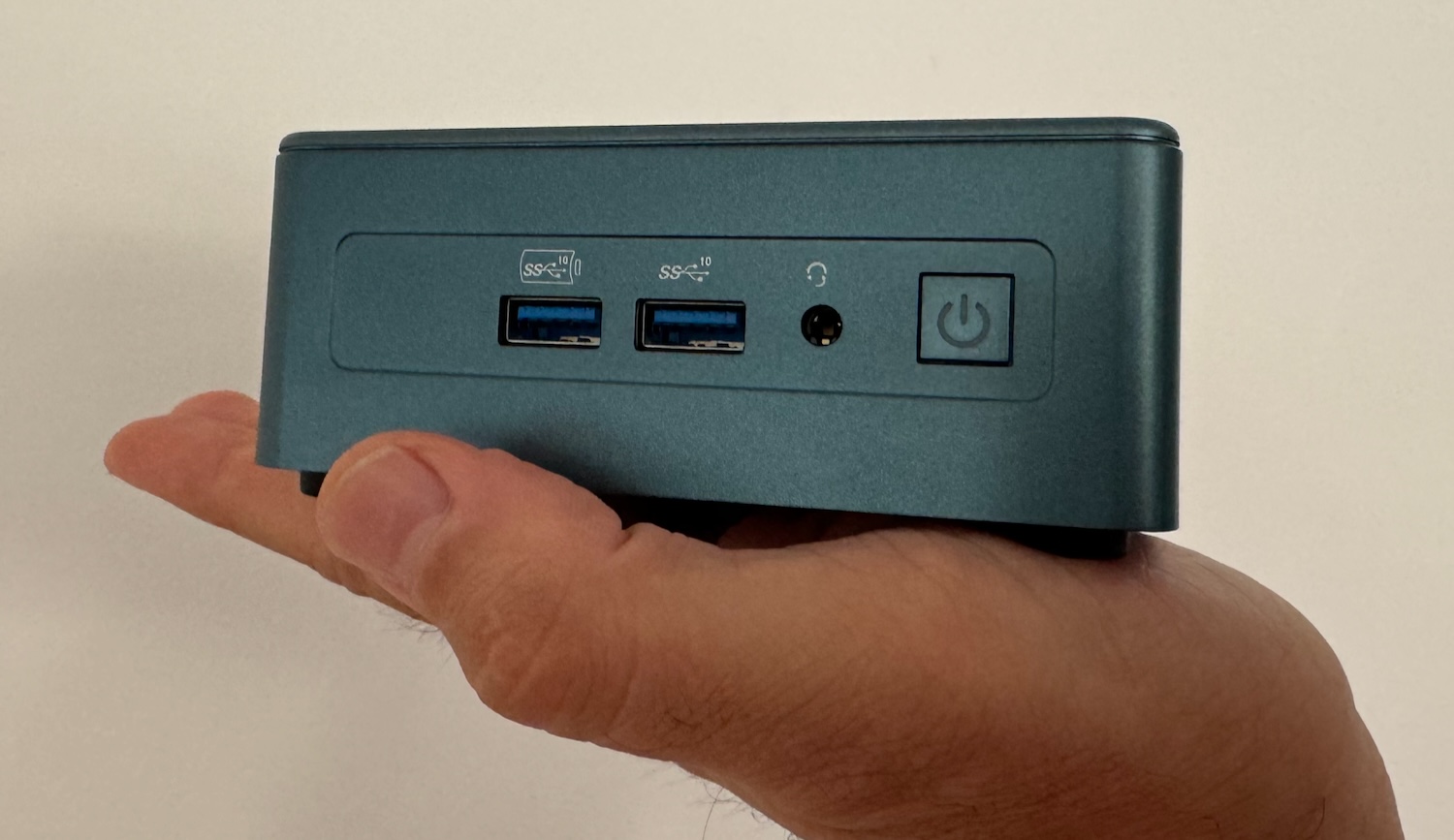Space money: SpaceX launched the first batch of satellites into orbit for its Starlink internet service in May 2019. The company has now deployed more than 5,000 satellites, and it appears to have a steady cash flow and sufficient funds to invest in the future.
Starlink’s estimated earnings before interest, taxes, depreciation, and amortization (EBITDA) of $3.8 billion and a cash flow of around $600 million. The satellite market research company Quilty Space recently stated that SpaceX’s internet service venture, Starlink, has now turned profitable, surpassing negative expectations previously voiced by many industry veterans.
According to Chris Quilty, co-founder of Quilty Space, the rapid ascent of Starlink caught nearly everyone off guard. SpaceX first announced its intention to build a satellite “megaconstellation” in 2015, with a then-unfathomable plan to offer internet connectivity from low-Earth orbit to customers worldwide.
Initially, the project was deemed too complex and challenging to yield significant results. In 2015, the largest constellation orbiting Earth was the Iridium satellite phone network with 66 satellites. Quilty foresaw a potential “partial impact” of the emerging Starlink business in specific industry segments, but he never envisioned the extent of the company’s success.

Starlink is currently operating 5,200 satellites, delivering internet connectivity to 2.7 million customers across 57 different countries worldwide. As part of SpaceX’s portfolio, the business has not publicly disclosed its financial situation. However, Quilty has developed a custom model to assess the performance of the space internet service.
According to Quilty, Starlink’s revenue for 2024 is projected to reach $6.6 billion, a significant increase from essentially zero just four years ago. The company achieved these remarkable results by effectively managing costs. SpaceX constructed its own satellites, with each version 1.0 model costing around $200,000.
Quilty analysts attribute Starlink’s success to SpaceX’s “aggressive” vertical integration strategy, minimizing reliance on third-party suppliers. Additionally, the company has achieved high production volumes, setting a production cadence unprecedented in the satellite industry.
Starlink is expected to spend approximately $3.1 billion this year, with ongoing growth driven by its version 3.0 satellites. These new satellites offer enhanced capabilities, including higher broadband rates and direct-to-cell communications, eliminating the need for ground user terminals. Furthermore, SpaceX is collaborating with the US military on the development of a classified surveillance network.










